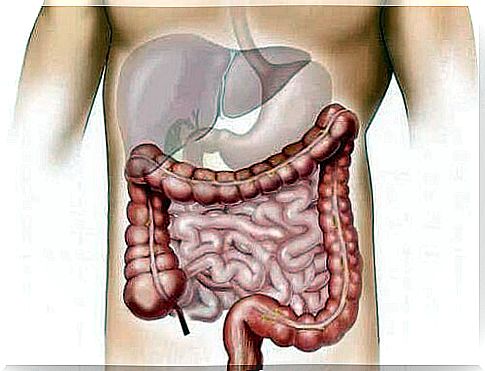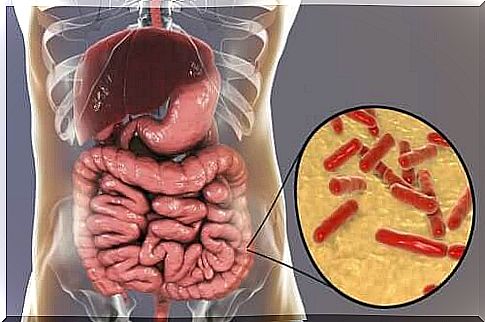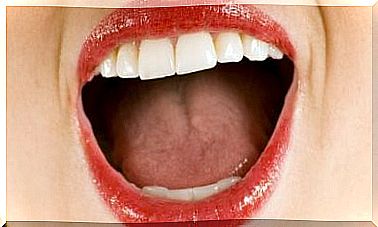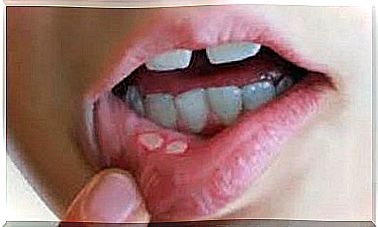World Digestive Health Day And Intestinal Flora

World Digestive Health Day takes place every year at the suggestion of the World Gastroenterology Organization (WGO). It has been taking place since 2005 and has the support of many other organizations associated with the subject and in a total of 110 countries.
The first took place on May 29, 1958, at the same time as the First World Congress of Gastroenterology in Washington, DC. There they defined the creation of the world unit that groups the thesis. Much later, in 2004, the project of a World Digestive Health Day was finally created, and they launched it a year later.
Every year there is a theme, a topic related to gastrointestinal health, and they develop it over a period of twelve months. They then choose another theme the following year. It is a way to make people aware of conditions like stomach or colon cancer through strong prevention campaigns.
Today, intestinal flora is becoming more and more relevant. Its care and the impact it can have on the development of disorders are being researched around the world. For this reason, its approach is now an important topic in the field of digestive health.
World Digestive Health Day and Intestinal Flora
Microbioma and microbiota are not the same thing. The latter is the set of microorganisms that permanently live in an area of the body. In turn, the microbiome is all of these microorganisms plus the genetic material they possess.
Bacteria are normally located in the gut and undergo minimal changes under normal conditions. In fact, they constitute the microbiota of the digestive tract because of their stability. In addition, disorders occur that become systemic when there is a change.
There is a link between intestinal microbiome and autoimmune diseases, psychiatric disorders and degenerative pathologies. Allergies are also an important part of the human balance because these microorganisms change them.
World Digestive Health Day is a great day to make people aware that microbiome is almost like a personal fingerprint. The bacterial composition of the gut is unique in each individual and represents a hallmark of their balance with the internal and external environment.
Changes in lifestyle habits affect it, as does diet. In addition, there is an evolutionary process of these bacteria that follows the growth and development of the body.

Three foods for healthy intestinal flora
The focus of World Digestive Health Day is on the well-being of the digestive tract. In addition, an important part of the intestinal flora that is regularly in this area.
Everything we eat affects the intestinal flora. In fact , some foods stimulate the controlled growth of good bacteria, while others destroy bacterial colonies, allowing the entry of harmful bacteria.
Three foods can protect and even stimulate the normal intestinal flora, and their incorporation into your diet will keep external agents at bay.
Fruit and vegetables
These contain a large amount of dietary fiber, a component of food that we do not digest. It simply regulates the peristalsis – the movement of the digestive tract.
In addition, these products contain prebiotics. The intestinal bacteria absorb these micro-foods and they help to strengthen and develop according to the needs of the organism.
Interestingly, scientific findings with artichokes revealed that these may increase the number of Bifidus bacteria in the gut. In addition, this group of microorganisms protects the intestinal health. Prebiotics are also found in lentils, chickpeas and whole grains.
Fermented products
Fermented foods are those that have already undergone partial bacterial digestion. During fermentation, microorganisms take the sugar in the product and convert it into something else, such as alcohol molecules.
Yogurt is a classic example of a fermented product. The intestines receive a dose of bacteria that is present in the substance when you eat it. Then several of them settle in the gut to continue living there.
However, there is more than yogurt in the fermented options to feed your gut flora. Sauerkraut and kefir are common foods in certain geographical areas that meet this criterion.

Find out more: How purple sauerkraut can strengthen the intestinal flora
Polyphenols
These are compounds that have increased the amount of scientific studies regarding their properties. They are found in chocolate, wine, beer, almonds and blueberries.
An adequate dose of polyphenols increases the proportion of Bifidus bacteria in the gut and has a heart-protecting effect. However, this is not general and each polyphenol acts differently in the human body.
World Digestive Health Day focuses on the microscopic
The intestinal microbiome is microscopic, at least invisible to the human eye. Nevertheless, these bacteria are now considered a part of humans. Thanks to them, we can maintain digestive stability that allows us to survive.
As you can imagine, we need to take care of them by following a balanced healthy diet that nourishes and stimulates them. In fact, there is still a lot of research to be done about this microscopic world, but we already know the significance of their impact on human health.









